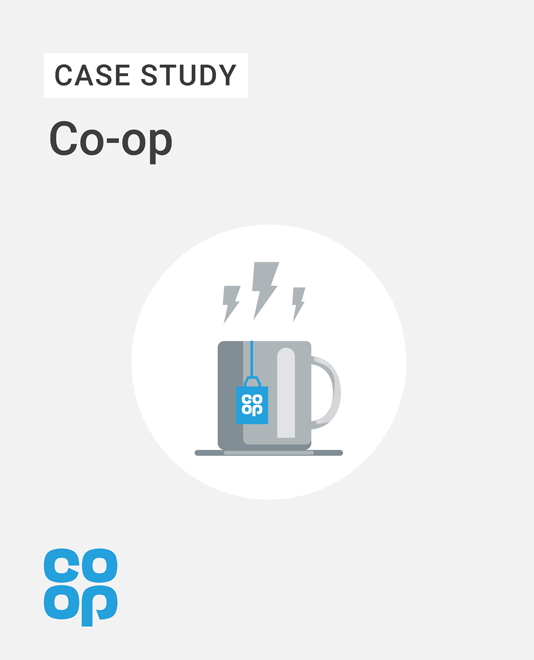12 Best Social Media Scheduling Tools for Streamlined Content Management
By BrandwatchOct 24
Join us as we explore how social media, AI, and other emerging technologies are driving the future media trends.
Published July 31st 2018
Social listening is about more than looking back.
Four ways Co-op uses Brandwatch across different time frames.

Existing customer?Log in to access your existing Falcon products and data via the login menu on the top right of the page.New customer?You'll find the former Falcon products under 'Social Media Management' if you go to 'Our Suite' in the navigation.
Brandwatch acquired Paladin in March 2022. It's now called Influence, which is part of Brandwatch's Social Media Management solution.Want to access your Paladin account?Use the login menu at the top right corner.